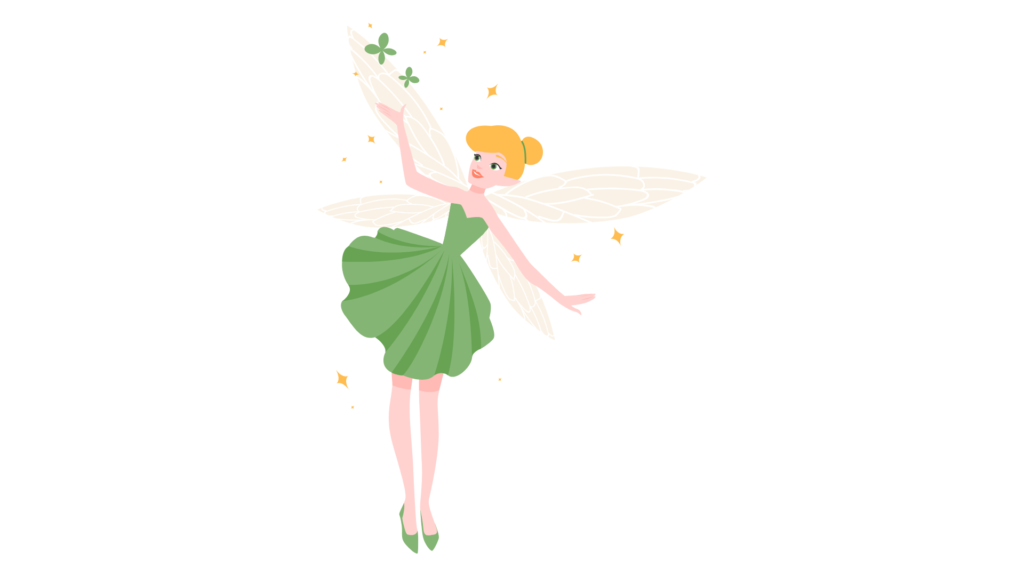
2D animation, with it’s rich history and timeless appeal, continues to captivate audiences of all ages. From the hand-drawn classics of Disney to modern digital animations, the art of bringing characters and stories to life in two dimensions remains a vital part of the animation world. Creating 2D animations involves a blend of creativity, technical skills, and an understanding of animation principles. This guide outlines the essential steps to get started with 2D animation, ensuring you have a solid foundation to build upon.

Before diving into the technical aspects, it’s crucial to grasp the fundamental principles of animation. These principles, first codified by Disney animators in the 1930s, include squash and stretch, anticipation, staging, straight ahead action and pose-to-pose, follow-through and overlapping action, slow in and slow out, arcs, secondary action, timing, exaggeration, solid drawing, and appeal. These principles are the bedrock of all animation work, helping to create more lifelike and expressive animations. Spend time studying these concepts and watching animated films critically to see how these principles are applied.
Every great animation begins with a compelling story. Start by drafting a script that outlines the dialogue, actions, and key events in your animation. Once the script is ready, create a storyboard – a series of sketches that map out the sequence of events. The storyboard acts as a visual guide, helping you plan the timing and composition of each scene. It’s an essential step that allows you to visualize the flow of the story and make necessary adjustments before moving on to the animation phase
Character and background design are critical components of 2D animation. Begin by sketching your characters, paying close attention to their personalities, shapes, and distinctive features. Create model sheets that show the characters from multiple angles and in various poses to ensure consistency throughout the animation. For backgrounds, design environments that complement the story and enhance the overall visual appeal. Both characters and backgrounds can be drawn by hand or digitally, depending on your preferred medium.
With your storyboard, characters, and backgrounds ready, it’s time to bring everything to life. Using animation software like Adobe Animate, Toon Boom Harmony, or OpenToonz, you can start animating your scenes. Begin with keyframes, which are the main frames that define the start and end points of any smooth transition. Next, add in-between frames (or “tweens”) to create the illusion of movement. Pay close attention to timing and spacing to ensure your animation flows smoothly and naturally. Use layers to separate different elements, such as characters and backgrounds, making it easier to animate complex scenes.

Creating 2D animations is a rewarding process that combines artistry with technical expertise. By understanding animation principles, meticulously planning with storyboards and scripts, designing engaging characters and backgrounds, and skillfully animating your scenes, you can produce captivating animations that resonate with audiences. While the journey may be challenging, the satisfaction of seeing your creations come to life is unparalleled. You can also visit our website and check out some amazing animations courses which you can earn online with certification. Embrace the process, keep learning, and continue to refine your skills. Happy animating!
